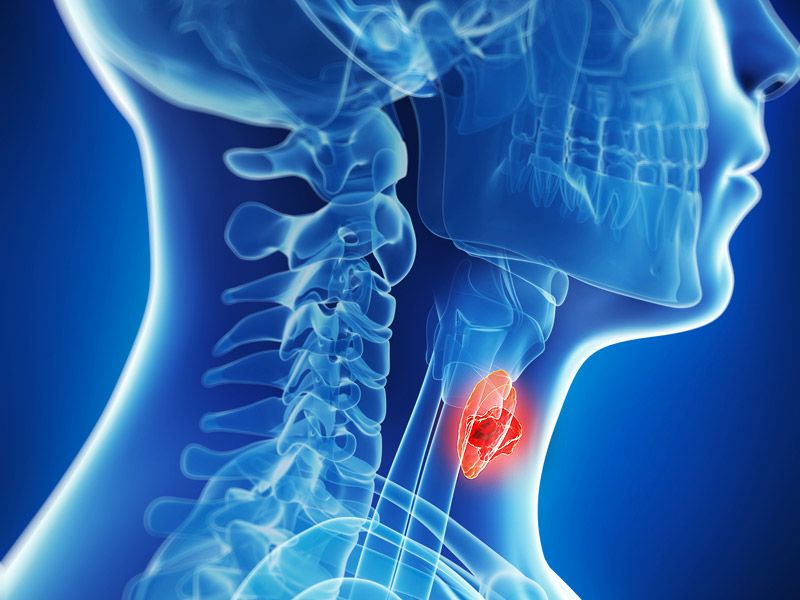Article
Some Patients With Oropharynx Cancer May Be Eligible to Decrease Radiation Treatment and Curb Side Effects
Author(s):
The use of PET imaging midway through oropharynx treatment may help identify patients who can de-escalate their radiation without compromising tumor control.
Patients with p16-positive oropharynx cancer (meaning that the disease may have been related to human papillomavirus, also known as HPV) may be able to find out if they can receive a lower dose of radiation for the second half of their treatment passed on PET scans before and midway through their treatment, according to recent findings from a phase 2 trial.
The researchers used an agent called fluorodeoxyglucose (FDG) to help see cancer more clearly on PET scans, thereby seeing how well the disease was responding to chemotherapy. FDG is typically used to detect cancer in PET scans, but this is the first trial to use it in the middle of the treatment course.
"Advanced imaging helps physicians personalize therapy based on patients' individual tumor characteristics and response to treatment. By incorporating FDG-PET scans before and midway through treatment, we were able to adjust the radiation dose for about half of our patients and reduce their short-term side effects while still focusing on tumor control," said lead study author Dr. Steven Allen, a radiation oncology resident at the University of Michigan, in a statement.
Patients who had tumors with low metabolic activity before treatment and then a 50% or more reduction in volume after two weeks of chemoradiation had their treatment de-escalated to receive a lower dose (approximately 25% less) of radiation.
While this tended to still keep the cancer at bay, it spared patients some of the side effects of treatment. Half of the patients on the trial ended up receiving dose de-escalation, and they tended to have significantly less weight loss, were less likely to need a feeding tube and tended to have better swallowing function, according to a video swallowing study that was conducted during treatment.
"We anticipated long-term improvements in side effects, but the short-term improvements were better than expected," said senior author and principal investigator Dr. Michelle L Mierzwa, associate chair of Clinical Research and Co-Chair of Head and Neck Clinical Trials at the University of Michigan. "Experiencing fewer short-term side effects potentially allows patients to get back to their normal activities more quickly."
For more news on cancer updates, research and education, don’t forget to subscribe to CURE®’s newsletters here.





